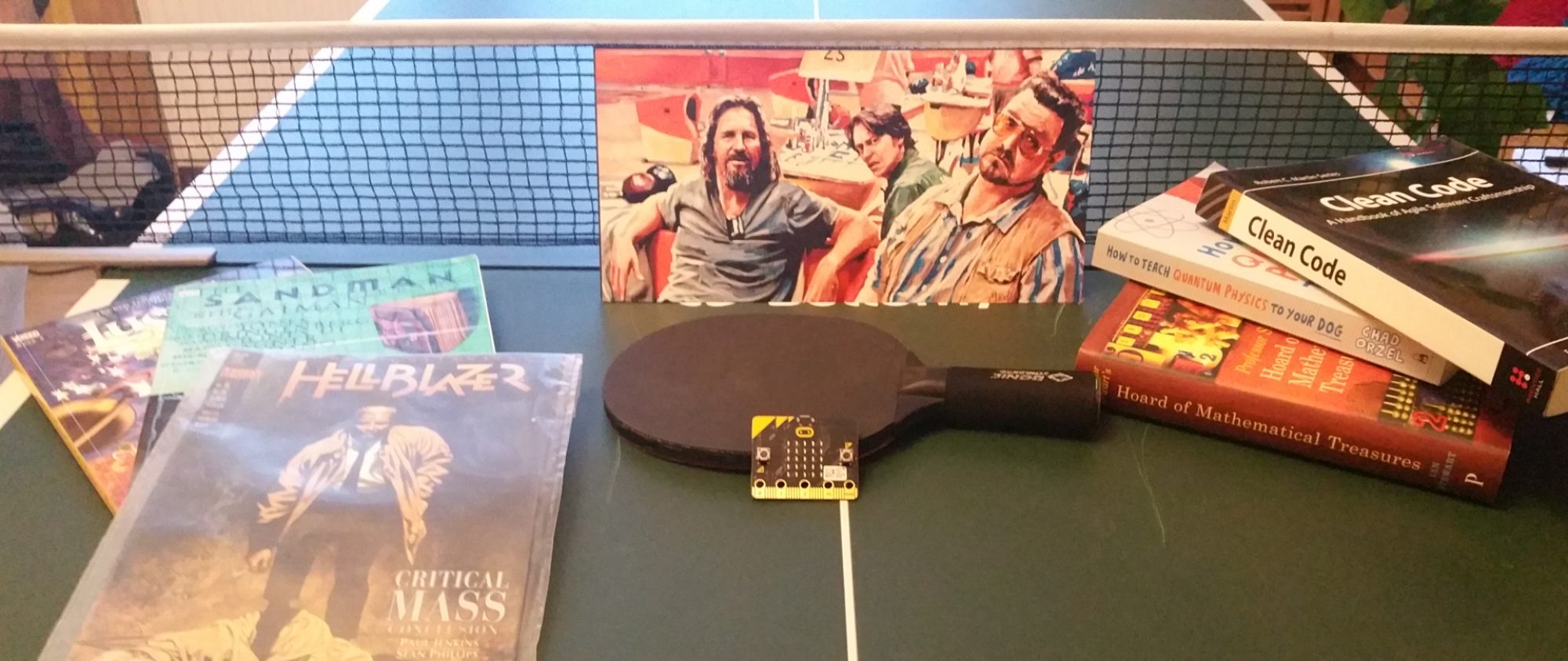The house was built to the following specifications:
- Upcycling. Wherever possible I used materials that were lying around to build the house.
- Portability. It had to be easy to carry around as it was built to be used at shows and events.
- Easy to build and break down. Again, the intention to use it at events meant it had to be easy to assemble and disassemble.
- 100% powered by micro:bit. No arduinos, circuit playground, codebug or Pis allowed. Hey, I worked at the micro:bit Foundation at the time, so it made sense!
- Interactive / fun. I wanted children to enjoy it – to play with it. And they did – quite hard at times!
- Amateur looking. To be honest, that was inevitable anyway! Still, I didn’t want it to look polished – I wanted kids to look at it and think ‘I could do that, and better too!’… imho that is more motivating that seeing a beautiful shiny thing that they believe is beyond them to create.
I am happy to say I was able to hit all those markers 🙂
Next: The micro:bit house (3) – structure
The micro:bit house blog has 10 separate chapters:
- The micro:bit house
- The micro:bit house (2) – design
- The micro:bit house (3) – structure
- The micro:bit house (4) – construction
- The micro:bit house (5) – interior
- The micro:bit house (6) – furniture
- The micro:bit house (7) – electronics
- The micro:bit house (8) – controllers
- The micro:bit house (9) – code
- The micro:bit house (10) – wrap-up

